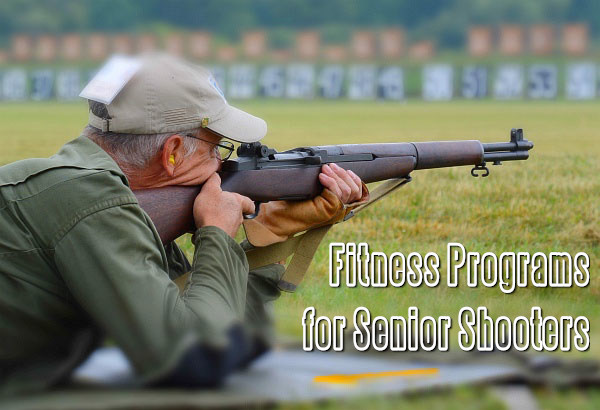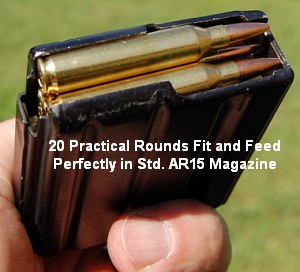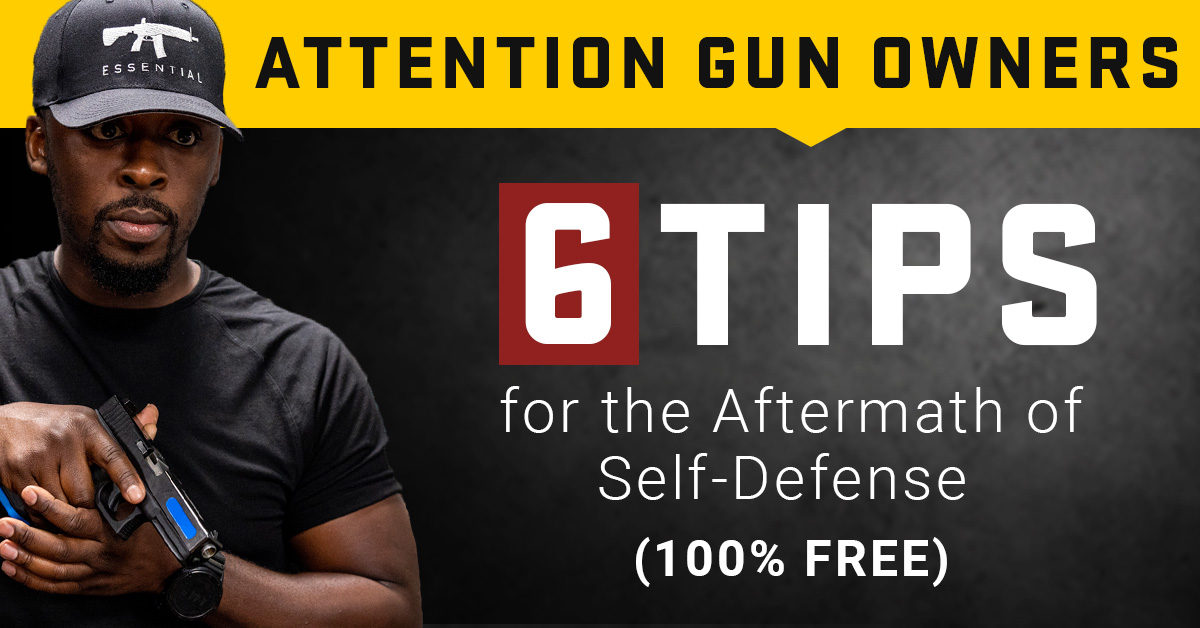Tom Alves’ article describes a very practical method of physical training for those who are no longer as young and agile as they once were. Tom shows us how we can give our bodies some of the same maintenance as we do our rifles. We all know that our rifles are going to outlive us. Let’s see if some personal maintenance can help narrow the margin. It might even improve the shooting! This article was originally published in German Salazar’s Rifleman’s Journal and is reproduced with permission. German Salazar passed away in 2022. It was a sad loss to lose a great marksman, and a great writer of shooting sports. This Editor also considered German to be a close friend who helped this website in many ways. Tom Alves’s Suggested Approach to Training Older ShootersMost articles and discussions about competitive shooting revolve around equipment. Occasionally, you will find an article on physical training. For example, the USAMU article on Physical Conditioning for Highpower Shooting. When you break down the articles, they often talk about “core strength” or durability. This paper will elaborate on these points from a slightly different perspective. The articles about position shooting in books and the one above are geared more towards the younger generation. You will see many people in their 30s and older at high-power matches today. A training program should take into account the fact that many people in this age range have broken bones and worn out joints. While jogging over a long period of time for heart and lung condition — also known as cardio exercises — is recommended for younger people, it may not be appropriate for older individuals. In this country, the procedure to repair knee meniscus tears is one of most commonly performed. Weight machines that isolate specific muscle groups are another way to improve core strength. I would like to suggest a different approach that does not require any special equipment and uses the body’s muscle in a coordinated manner, just as they do in our natural movements. Let’s define some criteria. To conserve joints, the approach must be low-impact. 2. The core muscles are the muscles in our trunk which keep us upright and where all movements originate. 3. Flexibility and range of motion are equally important to core strength. 4. We want to improve the function of our lungs and hearts so that we can increase the flow of oxygen to our muscles and organs to reduce fatigue during a competition. Before I continue, I think it is important that the reader understands that I am a fellow gunner and this is a programme I designed for myself after years of reading and experience. I am not a doctor, an exercise professional with formal training or any other kind of specialist in this field. This information is provided with the recommendation that you consult a medical advisor or other authority before embarking on this or a similar regimen. I will begin with core strength and flexible. Pilates exercises are resistance training exercises that use resistance bands, weights, and your own body weight to strengthen muscles in the abdominal, back, hips chest and shoulders. You can do the exercises alone, but I recommend taking classes taught by a certified instructor. They will ensure you are doing a balanced routine that works on both your front and back as well as both sides of your trunk. Yoga complements Pilates exercises, and they are often taught in conjunction. Yoga is a form of resistance that uses the body’s weight to increase flexibility and strength. Some yoga exercises can also help with balance, which is useful for position shooting and in life in general. Attending formal yoga classes is also a good idea, as an instructor can help correct joint misalignments. My right leg healed incorrectly after the femur broke and my right foot splays, putting an undue strain on my left knee. There are many books on Pilates and Yoga, and some of them can be quite detailed. I will leave it up to the reader to investigate. I will list some useful reference material at the bottom of the article. Finally, improving your heart and lungs. Jogging is not the best way to exercise your heart and lungs without damaging your joints, especially the knees and hips. You may want to consider other methods such as walking, bicycling or swimming. According to my reading, it is better to exercise at a higher rate for longer periods of time than to keep the pulse rate constant. The process I use, called PACE, is promoted by Al Sears, MD, http://www.alsearsmd.com/. It’s interval training for non-athletes. In simple terms, you exercise, using whatever equipment you want, to achieve a slightly higher heart rate than your body’s ability to supply enough oxygen to sustain an activity for a long period. This is similar for a sprinter, or a footballer to wind sprints. After each episode, you must rest until your body has recovered. Three sets of around 20 minutes are recommended. Report from the Author – Yes, Training Works
This training program has helped me to increase my strength in my legs, trunk, and joints, as well as lower my blood pressure and resting pulse rate. The Pilates/yoga class is usually attended two to three times a weeks and the interval training is performed twice a weekly. [The author was only 64 years old when this article was first published. He is 75 years old and still shoots Palma and Smallbore in prone. Before I conclude, I’d like to briefly touch on two other topics related to hydration and vision training. Perspiration is produced by the body when one exerts themselves to maintain a reasonable body temperature. As one sweats, the blood thickens and the fluid in the eyes also thickens. As the heart has to work harder in order to provide oxygen and nutrients to your body, visual and cognitive functions are affected and fatigue is quickly developed. Electrolytes, which are essential chemicals, are also removed from the body through perspiration. It is therefore necessary to replace electrolytes and moisture to maintain a basic level of health and performance. There are many articles on hydration on the Internet. Due to the kindness of my lead Pilates/yoga instructor, Ms. Annette Garrison, I have a pretty comprehensive article on various aspects of hydration that I have included, http://www.ideafit.com/fitness-library/hyponatremia-other-side-hydration-story , for your information. Last but not least, I would like to mention visual performance. Bill Pullum and Frank Hanenkrat’s New Position Rifle shooting, A How-To Guide For Shooters And Coaches mentions sports vision as one of the aspects of competitive shooting. On the Internet, you can find training programs for golfers, football players and baseball players. One site has a video that, if you look at it long enough, is very similar to a gaming shooting gallery. The training involves rapid identification and hand-eye co-ordination. Nancy Tompkins’ book Prone and Long Range Rifle Shooting contains a wealth other information as well as visual training exercises. I hope that the information I have provided will help you improve your shooting performance and extend the time at which you can compete. You should go at your own pace. I have pushed too hard during the interval training. Now I need to ease up a little. In closing, I would like thank Annette Garrison for her help, patience and encouraging words. Additional Reference Material 1. Framework by Nicholas A. DiNubile MD
This book is a must-read for anyone who has had an injury such as a torn lateral meniscus or muscular skeletal problems. This book led me to Pilates/yoga2 P.A.C.E. The Twelve Minute Fitness Revolution, by Al Sears MD
The method I use for interval training. There are probably other sources. 3. Physical Conditioning for Highpower Shooting by SGT Walter E. Craig USAMU 4. Rifle, Steps to Success by Launi M.

















